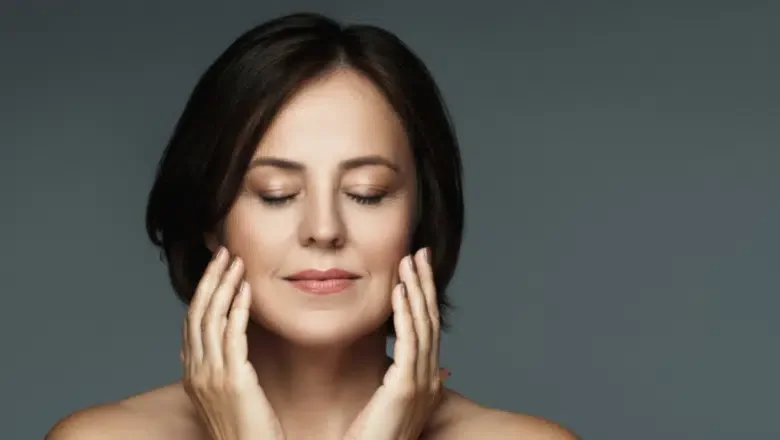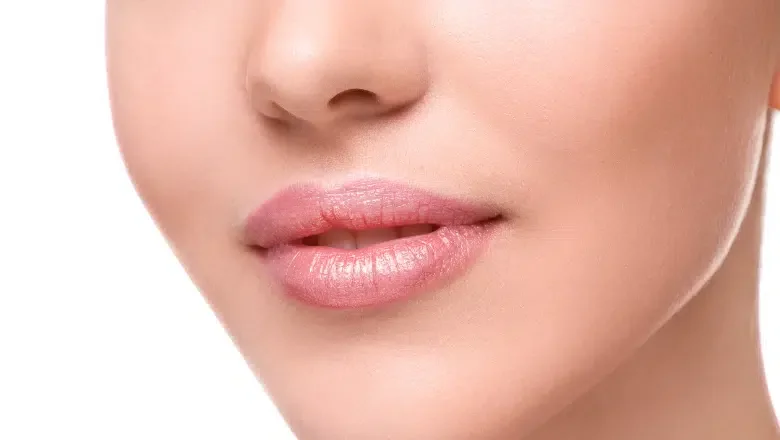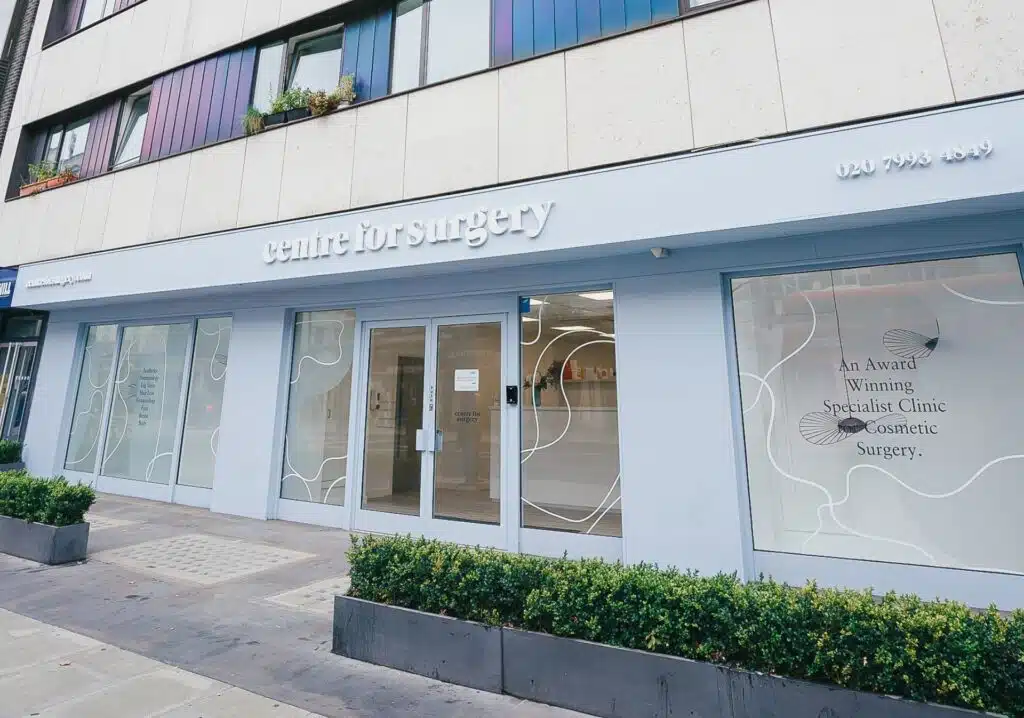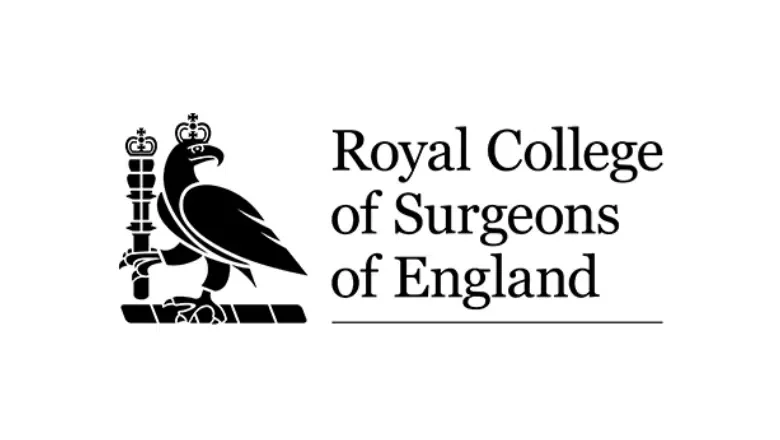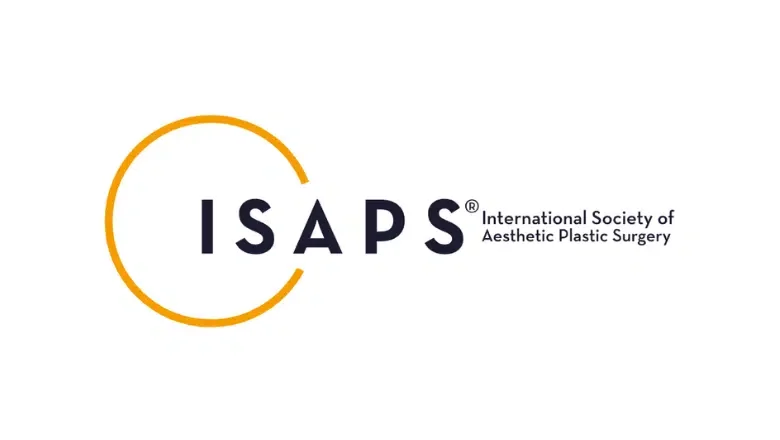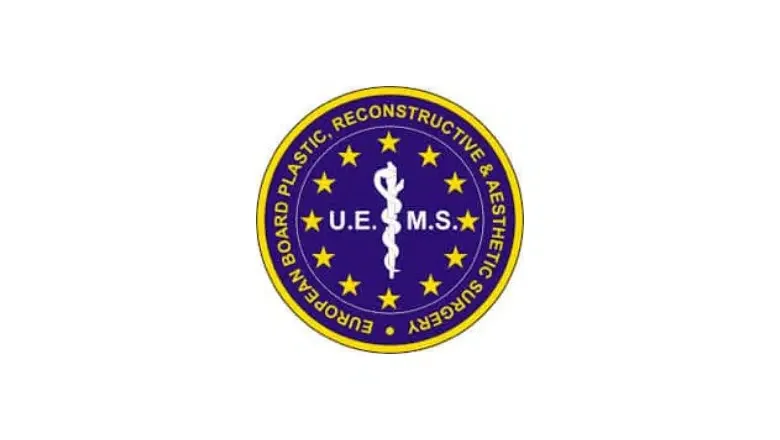Droopy Corners of the Mouth – Surgical and Non-Surgical Solutions
Have you ever glanced at your reflection and noticed that your facial expression seems to convey sadness or discontentment, even when your emotions don’t align with what you see? It’s not an uncommon experience, and often, it’s the natural ageing process leaving its mark. As time passes, the structure of our face undergoes significant changes – the muscles may weaken, and the fat that once gave our face its youthful plumpness can diminish and shift. These changes can notably affect the corners of the mouth, leading them to turn downwards, inadvertently suggesting a mood or feeling that isn’t truly felt.
RELATED: Facial Skin Ageing Over Time: What to Expect at 30, 40, 50
In this comprehensive exploration, we delve into why the mouth may begin to droop with age and how this alteration in appearance can influence one’s overall expression. More importantly, we will explore the various strategies to address this concern. From non-invasive treatments that offer temporary solutions to more permanent corrective surgical options like the lower facelift or the corner lip lift, there’s a spectrum of possibilities for rejuvenating a smile that seems to have lost its former cheerfulness. This article aims to shed light on these methods, providing insights into how each one works to restore a more content and lively appearance to the face, countering the effects of ageing.
What Causes a Downward Turned Mouth?
A downturned mouth, often perceived as a sad facial expression, can be attributed to several factors, ranging from natural ageing processes to genetic predisposition and even muscle imbalances. This phenomenon is not just about aesthetics; it can significantly affect how others perceive us and, in turn, how we feel about ourselves. Understanding these causes can provide insight into potential treatments and interventions to help restore a more neutral or positive facial expression.
The Aging Process and Its Effect on Facial Structure
One of the primary culprits behind a downturned mouth is the inevitable ageing process. As we grow older, our skin gradually loses its elasticity and firmness due to decreased collagen and elastin production. This natural decline leads to sagging skin, particularly noticeable around the mouth and jawline, contributing to the corners of the mouth turning downwards. The loss of fat and volume in the face, another hallmark of ageing, exacerbates this effect, as the reduced support further encourages the skin to droop.
RELATED: How to Get Rid of Smile Lines – Understanding the Nasolabial Fold
Genetic Factors in Facial Features
Genetics also play a significant role in determining our facial structure and how it changes over time. Some individuals may inherit a predisposition for a downturned mouth, evident even in their younger years. This genetic trait means that, for some, the appearance of a sad or discontent expression is not necessarily a result of ageing but rather an inherited facial feature that has been present since birth.
The Role of Muscle Imbalance in Facial Expressions
Muscle imbalance or weakness in the facial muscles can significantly contribute to a downward turn of the mouth. The face comprises numerous muscles responsible for our vast array of expressions. Over time, or due to certain habits, some of these muscles may become stronger or more dominant than others, leading to an imbalance. This disparity can pull the mouth downwards, creating a perpetual appearance of unhappiness or fatigue. Additionally, repetitive facial expressions can reinforce these muscle patterns, further accentuating the downturned look.
Non-Surgical Interventions for Addressing a Downturned Mouth
In the quest for a more youthful and positive facial expression, many individuals seek solutions to address a droopy or downturned mouth without undergoing surgery. Thankfully, advancements in aesthetic medicine have introduced several non-surgical treatments that can effectively counteract this concern. When administered by experienced professionals, these treatments offer a less invasive approach to enhancing facial aesthetics and boosting self-confidence. Here’s an overview of the leading non-surgical options available.
Anti-Wrinkle Injections: Precision-Driven Muscle Relaxation
Anti-wrinkle injections, commonly known as neuromodulators, play a pivotal role in the non-surgical correction of a downturned mouth. By carefully targeting specific muscles around the mouth, these injections can relax the muscles that pull the corners of the mouth downwards, thus providing a more lifted and pleasant appearance. Such procedures must be carried out by a skilled surgeon or doctor with extensive experience in facial aesthetics to ensure the right balance is achieved. Over-treatment could potentially exacerbate the drooping, making expertise and precision crucial. Typically, the effects of these injections last between 3 to 4 months, making regular follow-ups necessary to maintain the desired outcome.
Dermal Fillers: Volumising and Lifting with Hyaluronic Acid
Dermal fillers, particularly those based on hyaluronic acid, offer another effective route for addressing a downturned mouth. By strategically injecting fillers into the area around the mouth, it’s possible to add volume and support to the corners, creating a subtle lift. This method can provide immediate results, enhancing the overall facial harmony. However, it’s important to note that dermal fillers are not a permanent solution. The effects generally last up to 12 months, and the degree of lift may not always justify the investment, depending on individual expectations and the extent of the downturn.
RELATED: Can Lip Filler Lift the Corners of the Mouth?
Thread Lifts: Subtle Lifting with Bio-compatible Threads
Thread lifts represent a more innovative approach to non-surgical facial rejuvenation, using bio-compatible threads (such as PDO or Silhouette Soft) to gently lift the lower face. This technique can offer a discreet but noticeable improvement in the mouth’s position, counteracting the effects of gravity and ageing. While thread lifts can provide a pleasing aesthetic enhancement, they too are not permanent, with results typically lasting around 12 months. As with any cosmetic procedure, selecting an experienced practitioner is paramount to ensure safety and achieve the best possible outcomes.
Surgical Solutions for a Downward Turned Mouth: Exploring the Benefits of Facelifts and Lower Facelifts
The downward turn of the mouth, often perceived as a hallmark of the natural aging process, can significantly affect one’s facial aesthetics and expression. Over time, the skin loses its elasticity, and facial tissues begin to sag, leading to various signs of aging, including the appearance of a droopy or downturned mouth. While non-surgical treatments offer temporary solutions, surgical options like facelifts, specifically lower facelifts, provide more permanent and transformative results.
The Lower Facelift: A Targeted Approach to Rejuvenating the Lower Face
A lower facelift, or lower rhytidectomy, is a surgical procedure specifically designed to revitalise the lower third of the face, focusing on the jawline, chin, and neck area. This advanced cosmetic intervention addresses several ageing signs simultaneously, including sagging skin, pronounced wrinkles, and excess fatty deposits that contribute to the appearance of a downturned mouth. By meticulously tightening and repositioning the skin and underlying tissues, a lower facelift can significantly enhance the contours of the lower face, restoring a more youthful and uplifted appearance.
RELATED: Difference between Neck Lift & Lower Facelift Surgery
The process involves making strategic incisions that are typically hidden within the natural contours of the ear and hairline, allowing the surgeon to access and adjust the deeper layers of facial tissue. Excess skin is removed, and the remaining skin is carefully tightened, effectively reducing the sagging and drooping that contribute to the downturned appearance of the mouth. In some cases, chin and neck liposuction may be employed to remove unwanted fat deposits, further refining the jawline and neck for a sleeker profile.
RELATED: Contouring Your Jawline With Chin Liposuction
Comprehensive Rejuvenation with a Full Facelift
For individuals experiencing more widespread signs of ageing beyond the lower face, a full facelift might be considered. This more comprehensive approach addresses the entire face, including the midface, lower face, and neck, offering an overall rejuvenation. The full facelift procedure can correct a downturned mouth, lifting sagging cheeks, smoothing deep wrinkles, and tightening the entire facial structure for a harmonious, youthful look.
Enhancing Your Smile with a Corner Lip Lift: A Solution for a Droopy or Sad Mouth
A droopy or sad appearance of the mouth can significantly impact one’s facial expression and overall aesthetics, often leading individuals to seek cosmetic solutions that can restore a more youthful and cheerful look. Among the various options available, a procedure known as a corner lip lift, or simply a lip lift, has emerged as a highly effective technique for addressing this concern. This surgical intervention is distinct from a lower facelift and focuses specifically on improving the appearance of the mouth by lifting the corners of the lips.
The Corner Lip Lift Procedure: Lifting the Spirits of Your Smile
The corner lip lift is a surgical procedure designed to counteract the effects of ageing around the mouth, mainly targeting the downturned corners that contribute to a sad expression. This procedure involves the precise removal of a small triangle of skin at each corner of the mouth. By doing so, the surgeon can subtly lift the corners, leading to an immediate improvement in the mouth’s appearance. The result is a more upward, cheerful curvature of the lips, which can significantly enhance one’s smile and overall facial expression.
Creating a More Youthful Smile
Beyond merely lifting the corners of the mouth, the corner lip lift can also create a more youthful smile. As we age, the upper lip can lengthen and flatten, leading to less visibility of the upper teeth when smiling—a key component of a youthful, vibrant smile. By adjusting the position of the lip corners and subtly reshaping the mouth’s contour, the corner lip lift can reintroduce a more youthful balance between the lips and teeth visibility, further enhancing the rejuvenating effect of the procedure.
A Tailored Approach for Subtle Yet Significant Improvements
Unlike a lower facelift, which addresses broader concerns of sagging and ageing in the lower face and neck, the corner lip lift is highly focused on the mouth area. This targeted approach allows plastic surgeons to fine-tune the results, ensuring that the lift is in harmony with the patient’s overall facial structure and aesthetic goals. The procedure typically results in minimal scarring, as incisions are carefully placed along the natural contours of the mouth, making them less noticeable once healed.

